Table of content
Introduction
Steaming frozen buns is a culinary skill that bridges convenience and tradition, offering a quick yet satisfying meal or snack. Whether you’re reheating store-bought dumplings, homemade bao, or frozen mantou, achieving the ideal texture—soft, fluffy interiors with a slightly chewy exterior—requires precision and understanding of the steaming process. This article delves into the science and practicality of steaming frozen buns, exploring factors like size, filling, and equipment to answer the pivotal question: How long should you steam frozen buns to ensure they’re fully cooked?
The Basics of Frozen Buns
Frozen buns, also known as steamed buns or bao, are leavened dough products filled or unfilled, pre-cooked, and frozen for long-term storage. Their composition typically includes flour, water, yeast, and sometimes sugar, baking powder, or fat. Fillings vary widely, from savory pork and vegetables to sweet red bean paste or custard. The freezing process halts microbial growth but alters the dough’s structure, making reheating critical to restore texture and flavor.
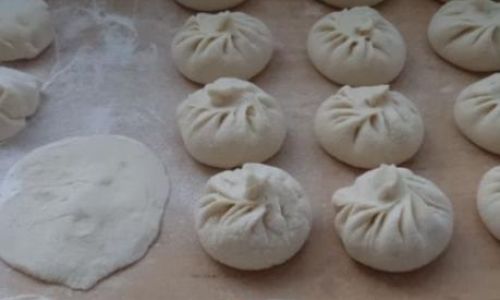
Why Steaming?
Steaming is the preferred method for reheating frozen buns because it gently warms the dough without drying it out, unlike baking or frying. The moist heat penetrates the frozen mass, thawing and cooking the bun evenly while preserving its delicate structure. However, the challenge lies in balancing time and temperature to avoid undercooking (resulting in gummy interiors) or overcooking (leading to shriveled, tough skins).
Factors Affecting Steaming Time
The duration required to steam frozen buns depends on several variables:
-
Size and Thickness
- Small Buns (e.g., shumai, tiny mantou): 1–2 inches in diameter.
- Medium Buns (e.g., standard char siu bao): 3–4 inches.
- Large Buns (e.g., jumbo pork buns): 5+ inches.
Larger buns require more time for heat to penetrate the center.
-
Filling Type
- Unfilled Buns: Cook faster as there’s no insulating layer.
- Meat Fillings: Denser and colder, requiring 2–3 extra minutes.
- Vegetable or Sweet Fillings: May cook slightly faster but risk overcooking if steamed too long.
-
Freezer Storage Duration
Buns frozen for months may have ice crystals that slow thawing. Add 1–2 minutes for older stock. -
Steamer Equipment
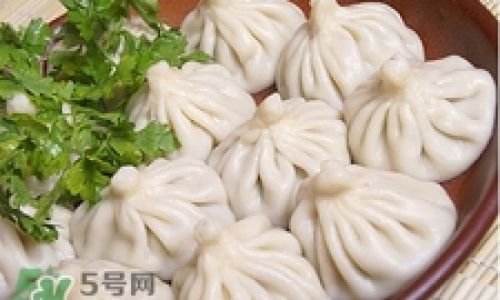
- Bamboo Steamers: Retain heat well but may drip condensation.
- Stainless Steel Steamers: Durable but require careful monitoring to prevent scorching.
- Electric Steamers: Offer consistent heat but may have preset timers.
-
Altitude and Humidity
High-altitude kitchens may need longer steaming due to lower boiling points.
Step-by-Step Guide to Steaming Frozen Buns
Preparation: Thawing (Optional but Recommended)
While steaming directly from frozen is possible, thawing slightly reduces cooking time and ensures even heating:
- Refrigerator Thaw: Transfer buns to a sealed container and thaw overnight (8–12 hours).
- Countertop Thaw: Leave at room temperature for 30–60 minutes (risks partial drying).
Avoid microwaving for thawing, as it can create hotspots and toughen the dough.
Steamer Setup
- Water Level: Fill the steamer with 1–2 inches of water. Too much water may boil over; too little risks burning the pot.
- Liner Use: Place buns on parchment paper, cabbage leaves, or a steamer liner to prevent sticking.
- Preheating: Bring water to a rolling boil before adding buns.
Arranging Buns
- Space buns 1–2 inches apart to allow steam circulation. Overcrowding leads to uneven cooking.
- For multi-tier steamers, place denser buns (e.g., meat-filled) on the bottom tier, which receives direct heat.
Steaming Time Guidelines
Use the following as a baseline, adjusting for the factors mentioned earlier:
| Bun Type | Size | Steaming Time (From Frozen) | Steaming Time (Thawed) |
|---|---|---|---|
| Unfilled (Mantou) | Small (1–2”) | 8–10 minutes | 6–8 minutes |
| Unfilled (Mantou) | Medium (3–4”) | 12–15 minutes | 10–12 minutes |
| Filled (e.g., Bao) | Small (2–3”) | 10–12 minutes | 8–10 minutes |
| Filled (e.g., Bao) | Medium (3–4”) | 15–18 minutes | 12–15 minutes |
| Filled (e.g., Bao) | Large (5+”) | 20–25 minutes | 15–18 minutes |
Note: Add 2–3 minutes for buns with cold fillings (e.g., refrigerated custard).
Testing for Doneness
- Visual Cue: Buns should appear plump and slightly shiny.
- Touch Test: Press lightly; cooked buns spring back immediately.
- Temperature Check: Insert a thermometer into the center—it should read 165°F (74°C) for meat-filled buns.
Post-Steaming Care
- Resting Period: Turn off the heat and let buns sit in the steamer for 2–3 minutes to prevent collapsing.
- Serving: Remove immediately to avoid condensation buildup.
Common Mistakes and How to Avoid Them
-
Lifting the Lid Too Soon
- Issue: Temperature drop causes buns to deflate.
- Fix: Use a timer and resist peeking until 80% of cooking time has elapsed.
-
Oversteaming
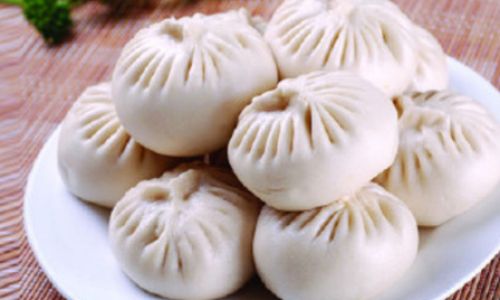
- Issue: Glutinous, gummy texture.
- Fix: Monitor water levels and use a timer.
-
Uneven Heating
- Issue: Cold spots in large buns.
- Fix: Rotate buns halfway through cooking or use a meat thermometer.
-
Improper Storage
- Issue: Freezer burn alters texture.
- Fix: Store buns in airtight bags, pressing out excess air.
Advanced Tips for Perfect Buns
-
Season Your Steamer
Rub a thin layer of oil on the steamer basket to prevent sticking without using liners. -
Use a Tea Towel
Drape a clean towel over the steamer lid to absorb condensation, preventing water droplets from soaking buns. -
Double-Steaming Technique
For extra-large buns, steam for 70% of the time, remove, and let rest for 5 minutes before returning to the steamer. -
Flavor Infusion
Add herbs (e.g., pandan leaves, ginger slices) to the steaming water for aromatic buns.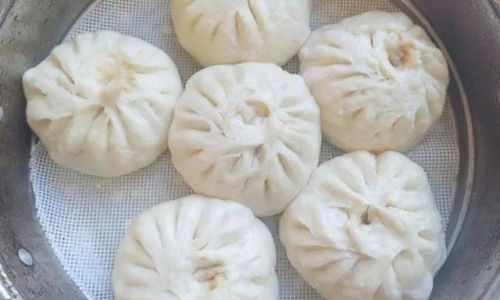
Troubleshooting Guide
| Problem | Cause | Solution |
|---|---|---|
| Soggy Bottoms | Excess water in steamer | Use a perforated liner; reduce water |
| Tough Skin | Oversteaming | Shorten time by 2–3 minutes |
| Uneven Cooking | Overcrowding | Steam in batches |
| Sticking to Liner | Insufficient oil/liner | Use parchment or oil the basket |
Alternative Cooking Methods
While steaming is ideal, alternatives exist for convenience:
-
Pan-Frying (Gua Bao Style)
Steam buns partially, then pan-fry in a light oil for crispy bases. -
Oven Reheating
Wrap buns in foil and bake at 350°F (175°C) for 10–15 minutes. -
Air Fryer
Steam first, then air-fry at 300°F (150°C) for 3–5 minutes for a crisp exterior.
Cultural Significance of Steamed Buns
Steamed buns hold cultural importance in Asian cuisines, symbolizing prosperity and togetherness. In China, baozi are staples at breakfast tables and festivals. Japanese nikuman and Korean jjajang-bun reflect regional adaptations. Mastering steaming techniques connects cooks to this heritage while adapting to modern lifestyles.
Conclusion
Steaming frozen buns to perfection is an art that balances science and intuition. By considering size, filling, and equipment, and adhering to timed guidelines, even novice cooks can achieve restaurant-quality results. Remember that practice enhances precision—experiment with timings and techniques to suit your kitchen’s quirks. Whether you’re reheating a quick snack or preparing a feast, the satisfaction of biting into a perfectly steamed bun makes the effort worthwhile.
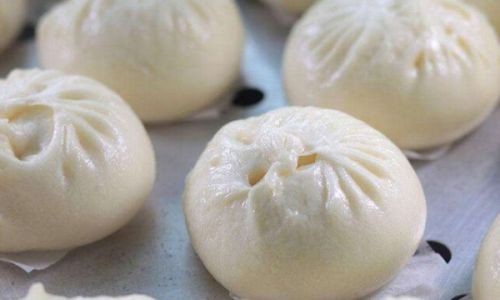
Final Tip: Invest in a quality steamer and thermometer—tools that democratize expertise and turn every kitchen into a dim sum parlor.

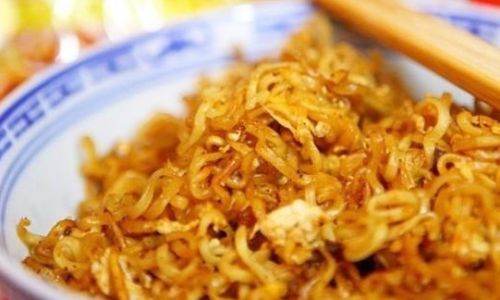
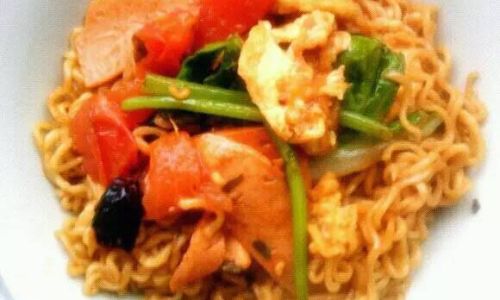

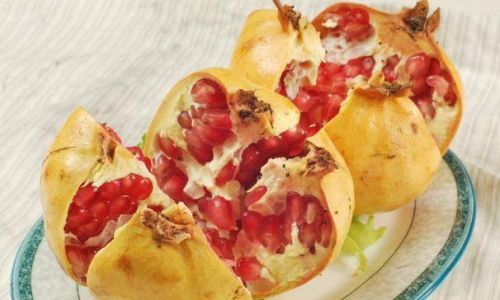

0 comments